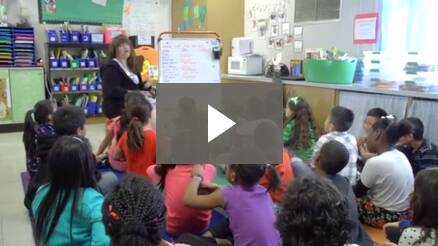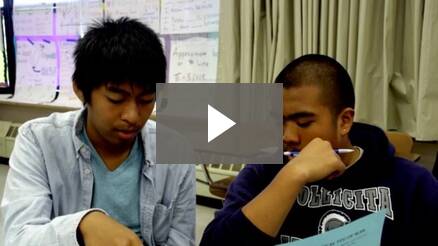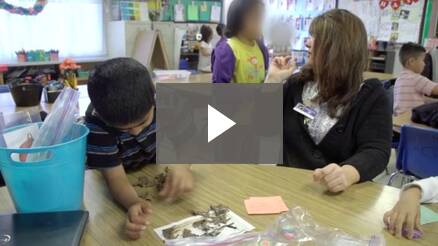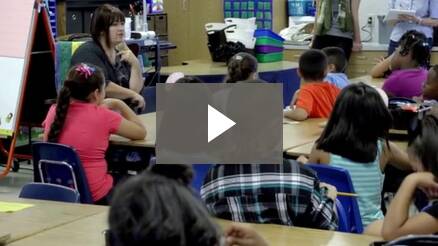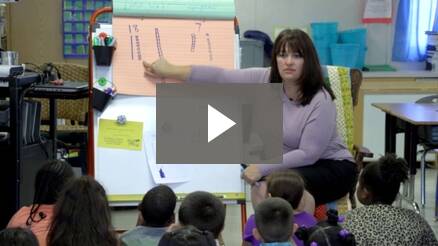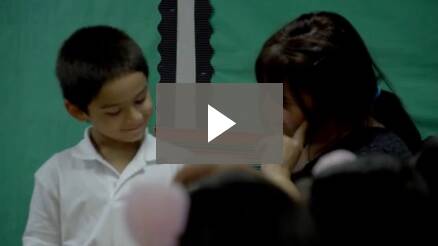Building Classroom Climates for Mathematical Learning
In this series of videos and downloadable practitioner guides, Inside Mathematics invites you to explore the teaching practice of two engaging practitioners, Mia Buljan (2nd grade) and Patty Ferrant (8th grade). Neither teacher considers herself a perfect practitioner, but an educator who continues to learn from and with her students and colleagues each year. Through the documentation of their classrooms multiple times during the school year, they open up new conversations for us— around the daily work to help children begin to see themselves as mathematical thinkers who can draw on their own strategies and those of others to understand and find solution pathways in various problem settings. No matter what day it is when you read this, for you, it can be Day One for you. Today, you’re deciding to explore some other teachers’ practices so you can rethink your own. Welcome!
Each of the guides can be accessed either as a PDF or as an iBook with embedded videos in the materials of each section.
Mia (2nd grade): "I love my job!"
Patty (8th grade): "You have to believe that every single student can learn."
Taking Responsibility for Learning
|
|
Making Sense of One’s Own and Others’ Learning
|
Calling learners' attention to the structure of a problem. See Making Sense of One’s Own and Others’ Learning in Elementary School |
Building from students' answers to strategic understandings. See Making Sense of One’s Own and Others’ Learning in Middle School |
Engaging in Mathematical Discourse
|
Students modeling their strategies for each other. |
Creating norms for peer mathematical discourse. |
Supporting the Learning Community
|
Pairing students to share and extend each other's thinking. |
Pairing students to share and extend each other's thinking. |
Using Tools in Support of Mathematical Thinking
|
Differentiating tools from each other. See Using Tools in Support of Mathematical Thinking in Elementary School |
Peer and group work to advance and deepen thinking. See Using Tools in Support of Mathematical Thinking in Middle School |


